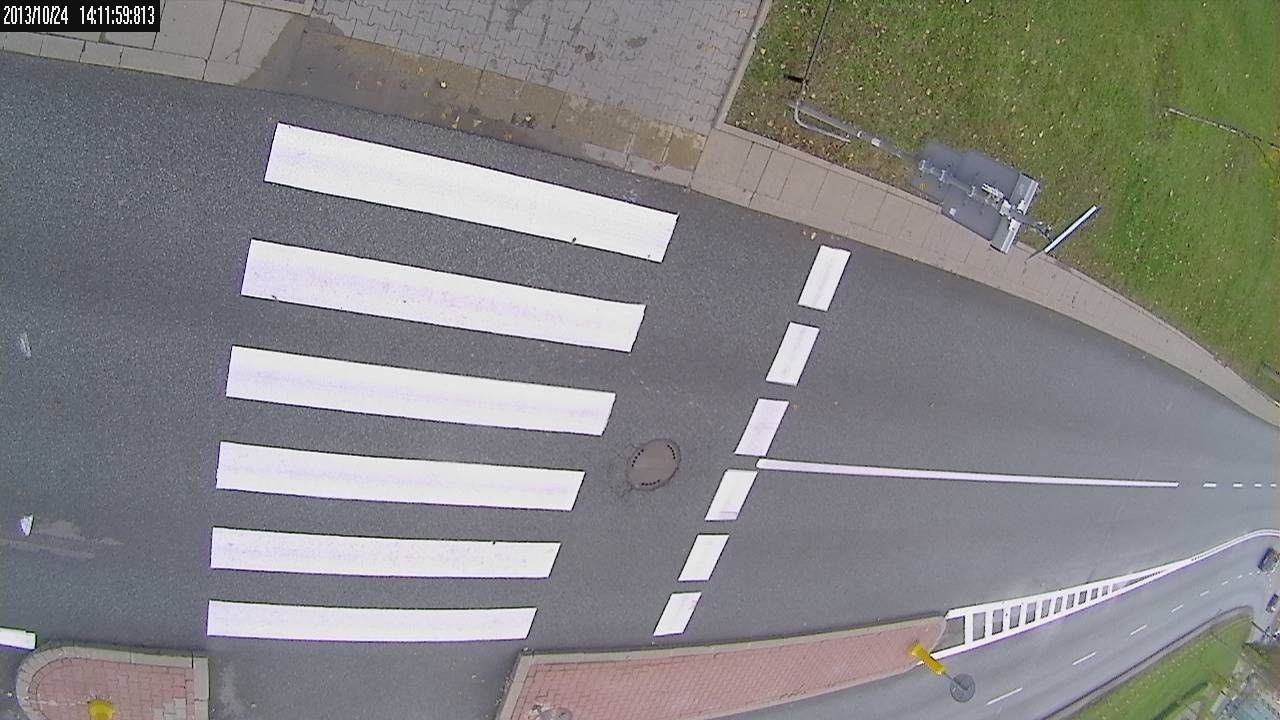Perspective transform and lens undistortion in one step?
I need to find the perspective transform of the street plane WITHOUT the knowledge of the lens distortions, but they have to be eliminated too, of course. What I have is the image (with strong distortions) and real (ground truth) coordinates of some keypoints in this image (e.g. around zebra). I know this is possible, I just do not know how to do it. My aim is to get the street coordinates of objects on the street level. Anybody?



